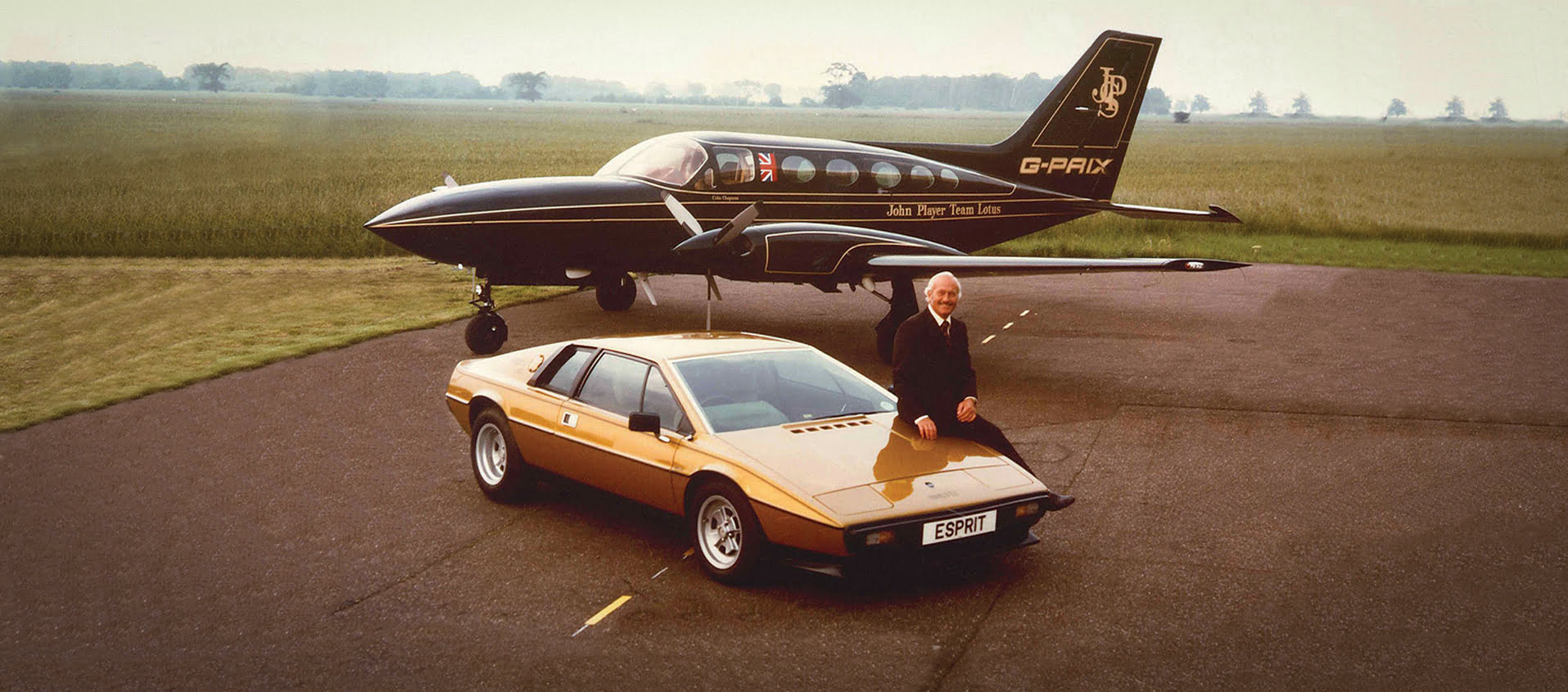Colin Chapman and Lotus 3 - The dangers of ambition
16 April 2021 4 min read 9 images

To understand what Colin Chapman meant to the world of motoring, you only need to study a few dates: The first victory with the Lotus 18 in Monte Carlo in 1960, a World Championship Title with Clark in 1963, World Champion and winner in Indianapolis, once again with Clark in 1965. One of the reasons for this success was yet another Chapman invention: the rigid, light and compact monocoque chassis, that even placed the fuel tanks within the structural section.
Register to unlock this article
Signing up is free and gives you access to hundreds of articles and additional benefits. See what’s included in your free membership. See what's included in your free membership.
Already have an account? Log In


